The general consensus is that films rarely live up to the books that they are inspired by. Broadly speaking, we would have to agree. Most films would have to be three or four times the length to include all the expansive details and minutiae that are included in their literary counterparts.
Some books are even considered to be ‘unfilmable’ as they are thought to contain too much information to be adapted for the big screen. This has not stopped some ambitious filmmakers from trying, and it often results in abject failure and negative criticism.

In truth, most films are and always have been inspired by some form of literature. You only have to look at the amount of comic book films that adorn the local cinema screens to realise that very few films are created from completely original inspiration. There are however, plenty of good examples of film productions doing justice to their source material.
And so, we present 9 Times The Film Lived Up To The Book…
1. Schindler’s List (1993)
The Book: Thomas Keneally’s Schindler’s Ark was published in 1982 and is based on the real-life events of a German businessman called Oskar Schindler. Despite being a member of the Nazi Party and a profiteer of slave labour, Schindler went to great lengths and risked his own life in order to save the lives of his workers, eventually spending the fortune he had amassed to rescue over one thousand people from the oblivion of the Holocaust.
The novel was passed around Hollywood to several potential directors before Steven Spielberg decided to rise to the challenge and adapt this inspirational story himself.
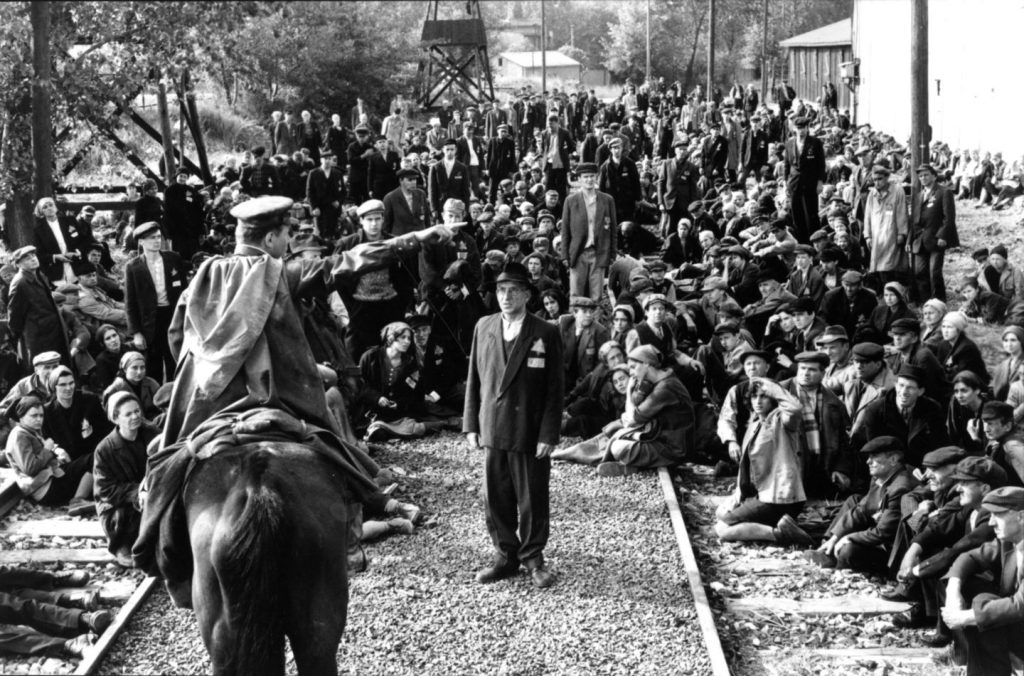
The Film: Initially offered to director’s like Roman Polanski, Brian De Palma and Sydney Pollack, the film was scheduled to be directed by Martin Scorsese in 1988. However, Spielberg had always had the book in the back of his mind and eventually decided that he must take on the project himself. Scorsese got to re-make Cape Fear (1991) instead.
The film is lengthy, expansive and was shot in black and white to evoke the look of the 1940’s film footage that had documented the persecuted Jews in Europe, less than a 50 years before. The film was re-titled to Schindler’s List (1994) and went on to win 7 Academy Awards including Best Picture and Best Director for Steven Spielberg.
2. The Grapes of Wrath (1940)
The Book: John Steinbeck had been working on material about the migrants of the Dust Bowl era and those dispersed and effected by the Great Depression for years before The Grapes of Wrath was published in 1939. This celebrated work tells the story of the Joad family, particularly the eldest son Tom Joad, and the struggles they experience upon leaving their homestead on an Oklahoma farm, for the prospect of a better life in California’s orange groves and peach orchards.
This novel deals with huge societal issues such as greed, loyalty and exploitation. It has become one of the most prominent books of the twentieth century. Steinbeck later won the Nobel Prize for Literature in 1962.
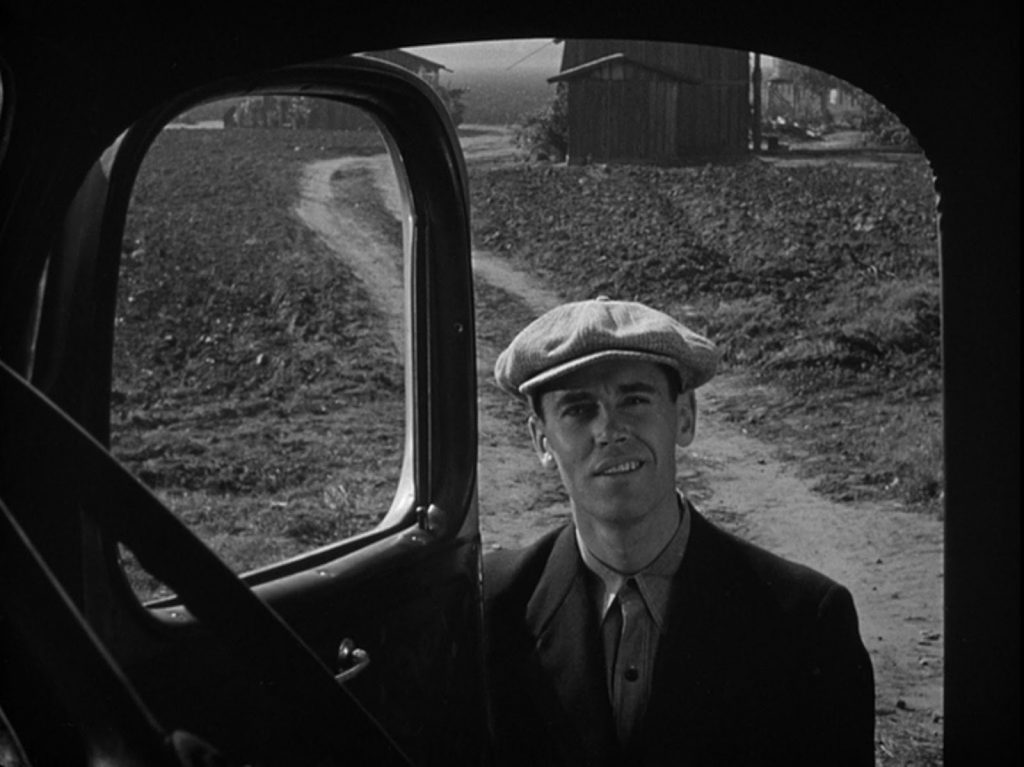
The Film: The film was produced soon after the book became the best-selling novel of that year. It was directed by John Ford and starred Henry Fonda, eventually being released in 1940 to excellent reviews. There are notable differences between book and film, which is commonplace with most adaptations. The ending of The Grapes of Wrath (1940) was changed to be less bleak and more uplifting, which is ofcourse due to the pressure from investors that the film perform well at the box office.
Despite some of these compromises, this film is considered to be a very successful reworking of the novel and garnered two Academy Awards, one for Best Director the other for Best Supporting Actress.
3. To Kill A Mocking Bird (1962)
Book: Harper Lee’s To Kill A Mockingbird shares a commonality with our previous selection in that it is also considered to be one of the Great American Novels, one which has been studied in schools across America and celebrated widely since its publication in 1960. Partly autobiographical, this classic novel is told through the eyes of 6-year-old Jean Louise Finch (a.k.a. Scout), who recounts events over three years of her childhood in a small town in Alabama.
Scout and her brother Jem are obsessed with a local hermit called Boo Radley. They live with their widowed father, a local lawyer called Atticus. When a black man in their town is accused of rape, Atticus defends him and trouble from the racist townsfolk and establishment is soon visited upon the Finch family. The book deals with a number of social issues and won the Pulitzer Prize. Lee did not write another novel until 2015.

The Film: Gregory Peck starred as Atticus Finch in the film adaptation of To Kill A Mockingbird (1963), which was released two years after the book was published. Peck was very vocal about his admiration for Harper Lee and her novel, and went on to win Best Actor at the Academy Awards for his portrayal. Cited as one of the best American films ever made, this classy rendering of Lee’s beloved book is thought of almost as highly as it’s literary counterpart.
The performances are solid and Robert Mulligan does a top notch job in the director’s chair. He was also nominated for an Academy Award for his work here, along with Producer Alan J. Pakula. The film also garnered wins for Best Adapted-Screenplay and Best Art Direction and holds an incredibly high approval rating of 92% on Rotten Tomatoes.
4. Doctor Zhivago (1953)
The Book: Russian author Boris Pasternak was unable to publish his novel Doctor Zhivago in his home country, due to the restrictions of the communist government at the time. Instead, the manuscript was smuggled out of the U.S.S.R. to Italy, where it was published in 1957 and went on to win the Nobel Prize for Literature in 1958, much to the chagrin of the Kremlin.
The book is now read by Russian school students and is a staple of their national curriculum. The story revolves around young doctor called Yuri Zhivago, and takes place between the October Revolution and the outbreak of the Second World War. As with many famous Russian classics, Zhivago is truly an epic read, that contains many characters and threads throughout. A novel of this magnitude would surely be a challenge to convert into a film, even for the most creative of filmmakers.
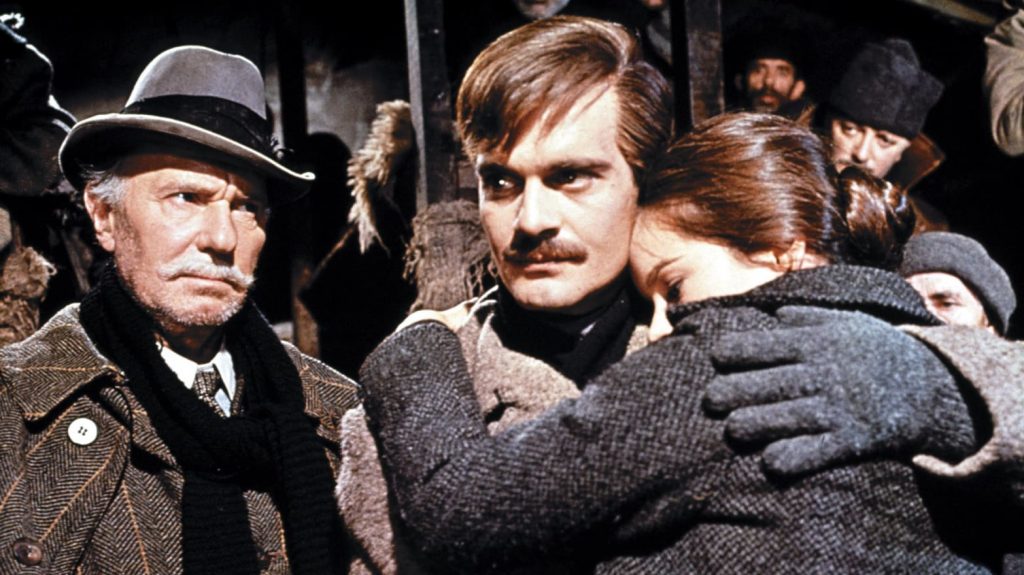
The Film: Enter the British director David Lean, who had to shoot the film in Spain as the book was banned in Russia at the time and the communist government would never allow filming to take place there. Released in 1956, Doctor Zhivago (1965) had a remarkable ensemble cast, featuring Omar Sharif in the title role.
It also starred Julie Christie, Geraldine Chaplin, Rod Steiger, Tom Courtney and Alec Guiness amongst others. Despite its three hour run time, this screen adaptation could not possibly cover all of the ground that is laid out in the novel, but is widely considered to be a classic, loved by many. The film was nominated for a plethora of Academy Awards, winning five Oscars including Best Cinematography for Freddie Young.
5. Lord of the Flies (1963)
The Book: Written by British author William Golding, Lord of the Flies is a book about the loss of innocence, tribalism, civility and immorality. The story tells of a group of shipwrecked young lads who wash up on an island. Quickly forming a heirarchy amongst themselves, they hunt for and gather food, make shelters and light a continuos fire with the intention of being rescued by a passing ship.
Their small society soon becomes fraught with disagreements and in-fighting which results in the formation of another group, one which treats the others with hostility. As the splinter group becomes more powerful, they descend into savagery and several members of the original group are killed. Now considered to be one of the 100 Greatest Novels of all time, Golding’s cautionary tale about social structures and the will to power is a modern classic.

The Film: There are two prominent movie adaptations of this book, we have chosen to use the first incarnation that was released in 1963. The other version was realeased in 1990 and shot in colour. The black and white version of Lord of the Flies was directed by Peter Brook and was shot in Puerto Rico.
Many of the scenes were partly improvised, with the young cast of non-professional actors having the scenes explained to them, after which they would then act them out. The boys did a fantastic job of this and are very convincing in their respective roles. Generally praised as a faithful adaptation, the 1963 version has also become a modern classic. It was released by Criterion on DVD and Blu Ray in 2017.
6. Apocalypse Now (1979)
The Book: Heart of Darkness is a novella written by Joseph Conrad which is one of the most studied and celebrated works in all of western literature. It was not however, a success in Conrad’s lifetime. First published in 1899 as a serial and 1902 as a book, the story hears the adventures of Charles Marlow, an intrepid explorer who recounts his days travelling into a place of mystery and darkness, along a great serpentine river in Africa.
Becoming a steamboat captain for an ivory trading company, he hears of a enigmatic station manager called Kurtz, who has a legendary reputation on the river for supplying an incredible amount of ivory. As Marlow travels deeper into the jungle he learns that Kurtz has fallen ill and that he is in fact out of favour with the company, who believe his methods to have become ‘unsound’. Serving as a psychological study of Western civilisation specifically in regards to colonialism, Conrad’s book has become a cornerstone of all serious reading lists.

The Film: Influenced directly by Conrad’s book, Francis Ford Coppolla’s Apocalypse Now (1979) modernises the story, placing the action in Vietnam and Cambodia during the American War in Vietnam. Marlow’s character is replaced by Captain Willard (Martin Sheen) who is sent by the military to locate and assassinate a mysterious Colonel Kurtz (Marlon Brando), who has gone insane somewhere in the jungle and is fighting his own war, much to the disapproval of the army’s top brass.
A film of epic proportions that is thought of as one of the greatest movies ever made, Apocalypse Now was an extremely difficult movie to produce, with a list of development and production problems that have since been extensively covered in books and documentaries. With an estimated budget of $31 million, the film went on to gross $150 million world wide and is still to this day, a huge box office pull having garnered various alternate cuts and restorations that have been released since the original theatrical presentation in 1979.
7. Jackie Brown (1997)
The Book: The Elmore Leonard novel Rum Punch was published in 1992 and describes a middle-aged air stewardess called Jackie Burke, who is caught smuggling illegal cash into Florida from Jamaica for a local low-level crime figure. The police threaten Jackie with a prison sentence if she refuses to help them catch Ordell Robbie, the criminal who employs her to smuggle the cash.
Ordell himself learns of the plot against him and threatens to kill Jackie if she does not help him to smuggle the rest of his “retirement fund” into the country and double-cross the authorities by misleading them. Caught between a rock and a hard place, Jackie asks for the help of her bail bondsman Max Cherry, to outsmart both the police and Ordell and secure her future by taking the money herself.
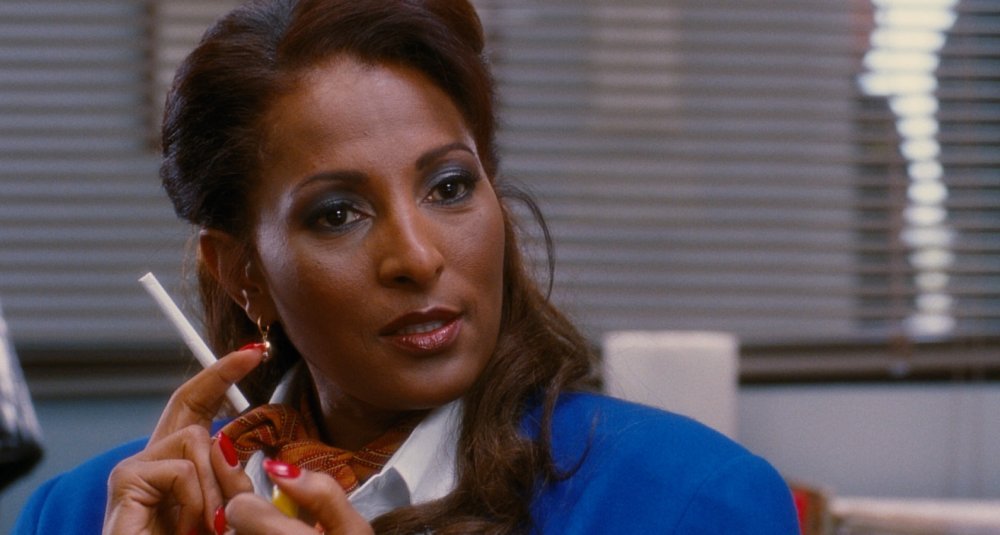
The Film: Quentin Tarantino is said to have adapted Leonard’s novel with the intention of casting Pam Grier as Jackie Brown (1997), changing the character’s name, ethnic background and the story’s setting from Florida to California. The movie was intended as a vehicle for Grier, one of Tarantino’s acting heroes, and as a tribute to the blaxploitation era movies that launched her as a star in the 1970’s.
The film also stars Samuel L. Jackson as Ordell and Robert Forster as Max Cherry, with support from Robert DeNiro and Bridgette Fonda. With a budget of $12 million, the film grossed over $74 million at the box office. Despite being critisized by fans upon release, the film has gone on to be thought of as one of Tarantino’s best efforts to date.
8. The Shawshank Redemption (1994)
The Book: Originally featured as a short-story included in the Different Seasons collection (published in 1982) written by Stephen King, Rita Hayworth and Shawshank Redemption is the story of a Maine banker who is accused of murdering his wife and her lover in a crime of passion. Although he claims he is innocent, Andy Dufresne is sent to Shawshank State Penitentiary to serve two life sentences for the crime. During his time in prison, Dufresne becomes a book keeper for the warden and the guards, processessing their tax returns in exchange for protection and favours that benefit the prison population.
For example, he is allowed to develop the prison library and help younger inmates to complete the high school equivilancy test. When one of these young inmates tells Andy that he shared a cell with someone who proclaimed to have killed his wife and her lover, Dufresne appeals to the warden to investigate the claims which could lead to his release. However, Andy has become too important to the crooked warden and his hopes are dashed. This causes him to arrange alternative methods to secure his freedom.
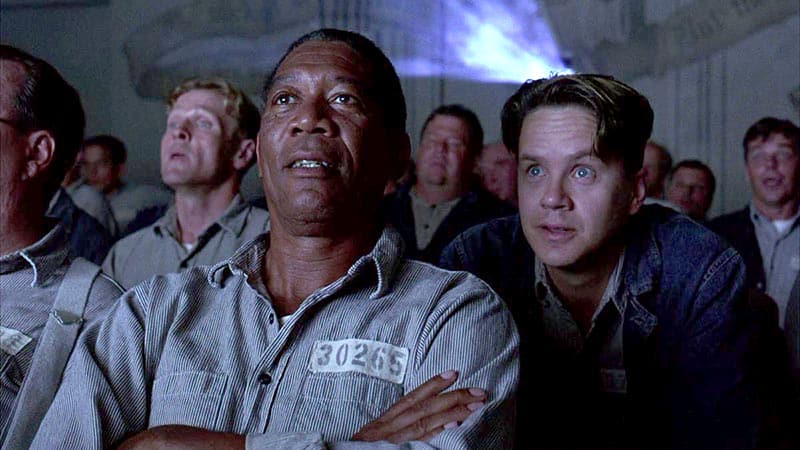
The Film: Re-titled The Shawshank Redemption, the 1994 film adaptation was directed by Frank Darabont and stars Tim Robbins as Andy Dufresne and Morgan Freeman as his fellow inmate ‘Red’. Thought of as one of the best films ever made, the film is loyal to the book on the most part, changing some minor details for the sake of dramatic effect.
Nominated for a slew of awards upon it’s release, Shawshank tops many lists as a beloved film, both with movie fans and critics. Cinematographer Roger Deakins has been praised for his work on the picture and director Darabont went on to adapt and direct another of Stephen King’s books The Green Mile in 1999. The performances are top notch from an ensemble cast that also includes Clancy Brown, William Sadler and Bob Gunton. This film is arguably the most successful literary adaptation on our list.
9. Fight Club (1999)
The Book: The novel Fight Club was written by American author Chuck Palahniuk and describes the world of an unnamed protagonist who is suffering with insomnia. Receiving no help from his doctor, he decides to start attending several support groups, intended for seriously and terminally ill people.
He also meets a mysterious soap maker called Tyler Durden who suggests they develop an underground fighting club that will serve as a method of psychotherapy. Eventually, things esculate and reveal a darker plan to wreak mayhem on society, the fight club having served as a recruiting centre for an army of anarchists. Dark, psycological and gripping, this is an unforgettable read that inspired a cult-classic, big-screen adaptation.
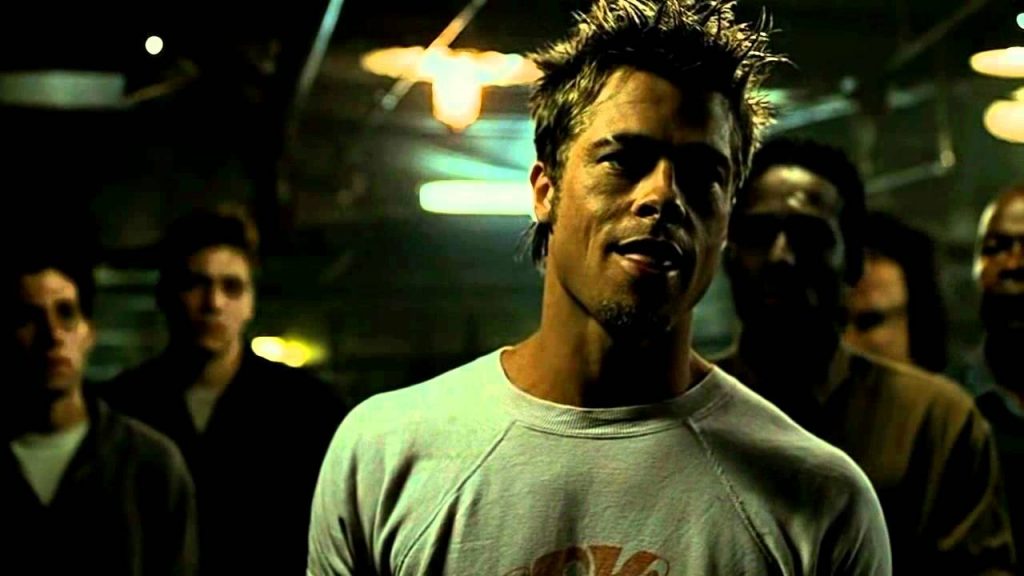
The Film: Starring Edward Norton as the unnamed protagonist (sometimes referred to as ‘Jack’) and Brad Pitt as Tyler Durden, 1999’s Fight Club is a dark and violent rendering of Palahniuk’s novel, directed by David Fincher. Hailed as ushering in a new era of American filmmaking, this movie had a significant cultural impact and was widely discussed as one of the most controversial mainstream films of the 90’s.
Norton and Pitt are excellent as the central characters and they are strongly supported by Helena Bonham-Carter, Meatloaf and Jared Leto. Fincher’s direction is particularly suitable to the subject matter, creating a seedy and cynical world in which nothing is quite as it seems and all things tend to have a dark and nightmarish quality. But anyway, we are breaking the number one rule… you DO NOT talk about Fight Club!
Ok, that’s probably enough reading for now…
That concludes our article 9 Times The Book Lived Up To The Film!
What did you think of our list? What is your favourite page to screen adaptation? Leave us a comment and let us know!
You can read more of our articles here.
Please join us on social media on Facebook, Instagram, Tik Tok and Twitter. We really appreciate all the likes, shares, retweets etc., and we would love to hear from you and continue the wonderful celebration of all things cinema on these platforms.
If you love to watch videos on YouTube, then please subscribe to our channel here. There’s lots of fun and informative videos uploaded that we hope you will enjoy!
We have a passion for movies and aim to produce entertaining and informative movie-related content. It certainly is a lot of hard work, but we love films so much that it’s worth all the effort. We have to keep the lights on and make sure we have plenty of caffeine to keep all of the articles, videos and social media posts coming, so if you like our work, then please consider supporting us at Buy Me A Coffee here. You can also become a More Movies patron on Patreon here.
To help support us here at More Movies, we do use advertising in a few places, so we appreciate it if you do not use AdBlockers on our site, as this helps keep a few pennies trickling in. We also utilise affiliate links throughout the site, usually to help guide our readers to places to stream, rent or buy the movies we talk about. One of the biggest sources for movies online is Amazon Prime Video, where you can stream over 18,000 films. If you are interested in Prime and haven’t signed up yet, you can get a 30-day free trial via this affiliate link, which helps support us too.

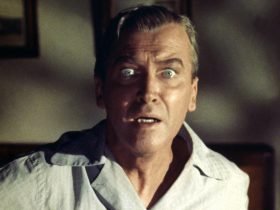
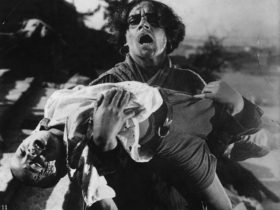

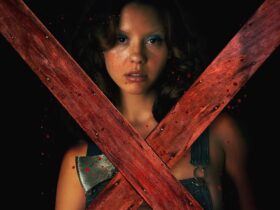

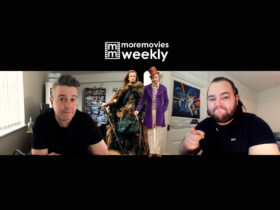

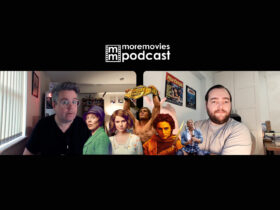
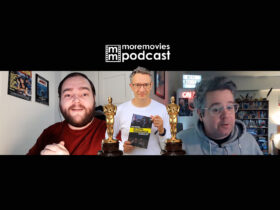
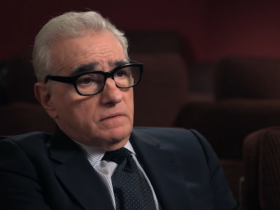

2 Comments